What Is Leather Embossing? How to Emboss Leather?
Leather embossing is a fascinating technique that brings life and character to plain leather surfaces. By using specialized tools and employing the power of heat, you can create captivating raised designs and patterns that leave a lasting impression. In this blog post, we will explore the art of leather embossing and provide you with a step-by-step guide on how to embark on your own embossing journey. So, let’s dive in and uncover the secrets behind this captivating craft!
What is Embossing Leather?
Embossing leather is an art form that transforms ordinary leather into extraordinary works of art. It involves the meticulous process of imprinting intricate designs onto the surface of the leather, resulting in visually stunning textures and captivating patterns. With the right tools and techniques, you can turn a simple piece of leather into a masterpiece that catches the eye and ignites the senses. So, join us as we delve into the enchanting world of embossing leather and unlock the secrets to creating awe-inspiring designs.
Three Renowned Types of Embossing
When it comes to leather embossing, three renowned techniques stand out for their distinct characteristics and visual impact. Each type offers its own unique charm, allowing you to create custom designs that reflect your personal style. Let’s explore these fascinating types of embossing and discover the wonders they hold.
a. Blind Embossing:
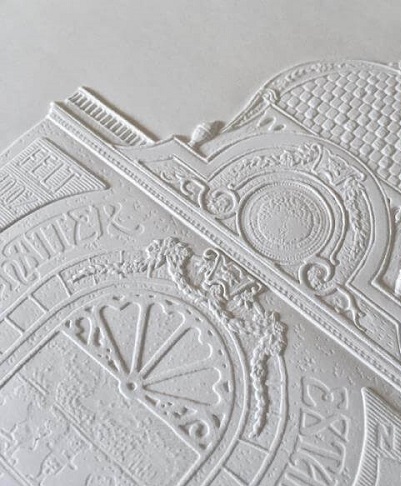
One of the most captivating forms of leather embossing is blind embossing. In this technique, a carefully crafted design is pressed onto the leather surface, creating a raised pattern without the use of any additional colors or finishes. The result is a beautifully tactile texture that adds depth and sophistication to the leather. With blind embossing, you can create subtle and elegant designs that leave a lasting impression.
b. Color Embossing:
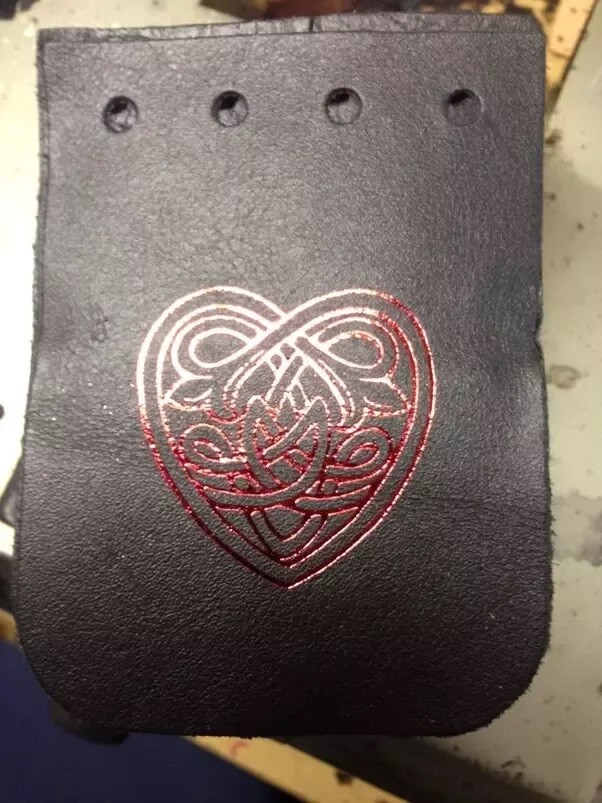
For those seeking to infuse their leather creations with vibrant hues and captivating visual effects, color embossing is the way to go. This technique combines the art of embossing with the application of rich and vivid colors. By carefully selecting and applying pigmented inks to the embossed areas, you can enhance the intricacies of the design, making it truly come alive. Color embossing allows you to unleash your creativity and bring a burst of life and energy to your leather projects.
c. Gold Embossing:
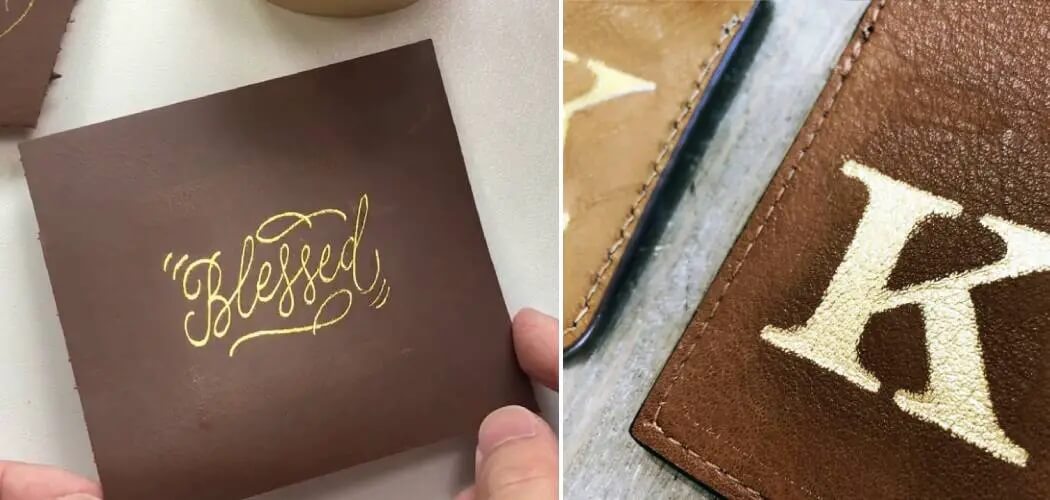
If you’re looking to add a touch of opulence and luxury to your leather creations, gold embossing is the epitome of elegance. This technique involves using metallic foils, typically in gold or silver, to emboss intricate designs onto the leather. The shimmering metallic finish adds a regal allure to the leather, making it perfect for high-end products and special occasions. Gold embossing commands attention and elevates the beauty of the leather, leaving a lasting impression on anyone who beholds it.
Whether you prefer the understated charm of blind embossing, the vibrant allure of color embossing, or the luxurious splendor of gold embossing, each technique offers a world of possibilities to explore. Let your imagination run wild as you experiment with these renowned types of embossing, and watch your leather creations come to life in extraordinary ways.
Interesting to Know about Croc Embossed Leather
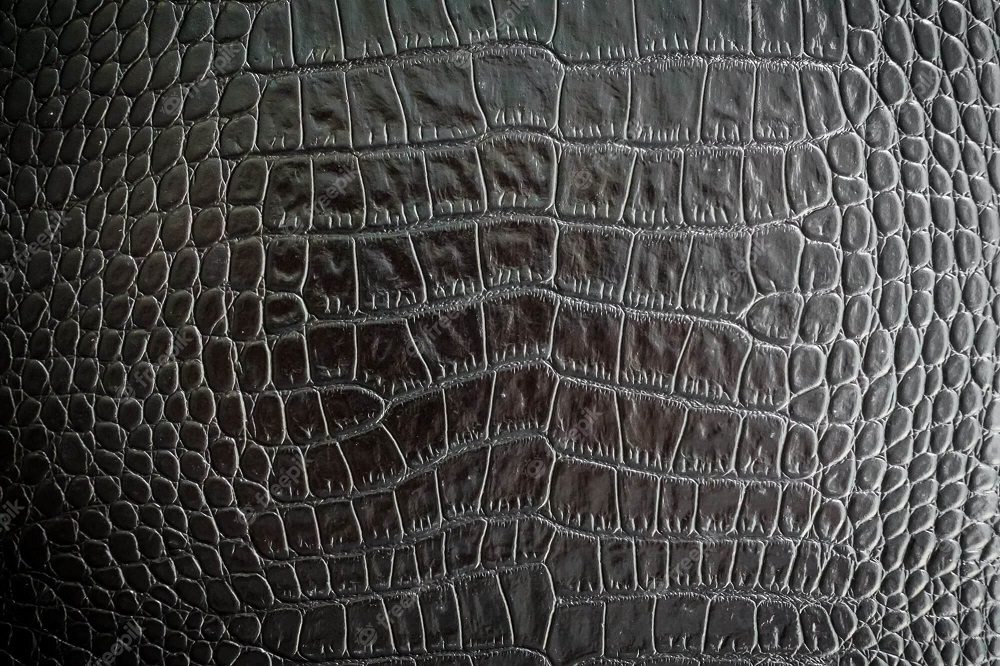
Croc-embossed leather, also known as crocodile-embossed leather. It is a type of leather that emboss with a texture that resembles the scales of a crocodile or alligator. The resulting surface gives the leather a distinct and luxurious look, like real crocodiles’ rare skins. Croc-embossed leather can be perfect for various products, including handbags, shoes, belts, and wallets. One advantage of embossed croc leather is that it is a more affordable alternative to a genuine crocodile or alligator skin, often priced at a premium due to its rarity and exotic nature.
Interesting to Know about Snake Embossed Leather?
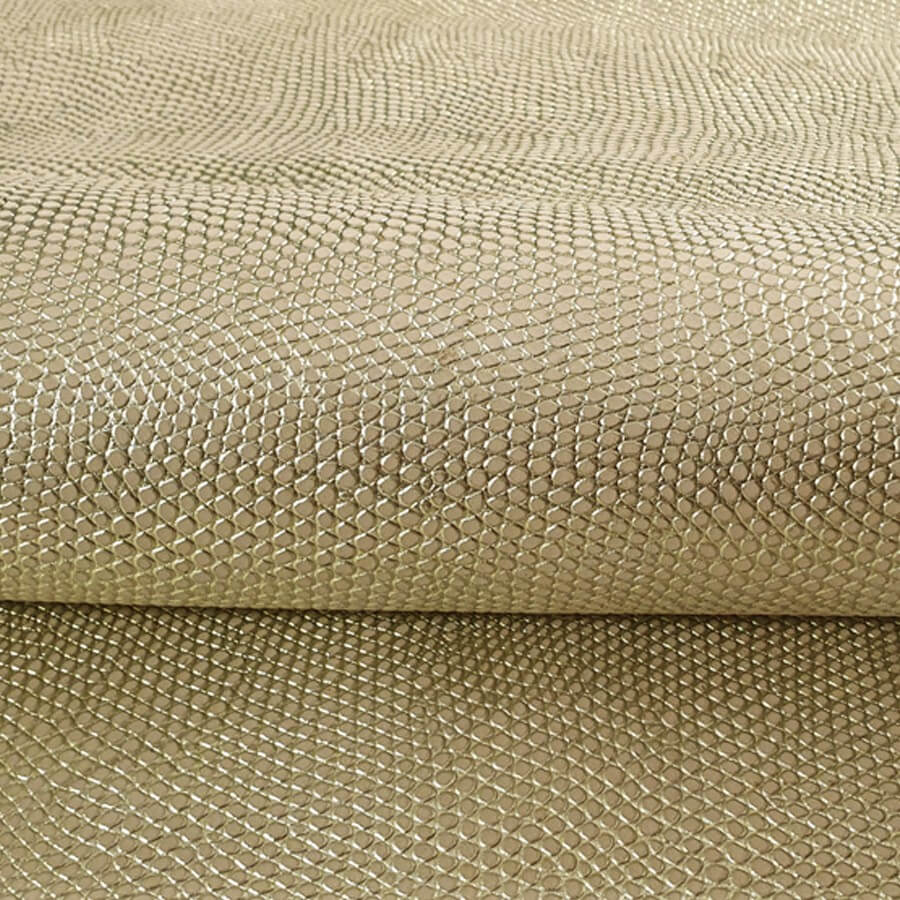
Snake-embossed leather possesses a texture that mimics the appearance of snakeskin. To achieve this effect, craftsmen employ a process similar to croc embossing, where we use specialized metal plates or rollers to imprint a pattern of raised dots that resemble snake scales.
Snake-embossed leather finds common application in fashion accessories like handbags, shoes, belts, and jackets, as well as in upholstery and interior design. It imparts a distinctive and captivating look that adds texture and allure to various products. Similar to croc-embossed leather, snake-embossed leather serves as an ethical and more budget-friendly alternative to genuine snakeskin.
How to Emboss Leather? Step-by-Step Process
Embossing leather may seem like a complex process, but with the right tools, materials, and a step-by-step approach, you can master this captivating technique and bring your leather creations to life. Let’s embark on a journey through the process of leather embossing, guiding you every step of the way.
Step 1: Prepare Your Workspace
Create a dedicated workspace that is clean, well-lit, and adequately ventilated. Lay down a protective mat or piece of leather to ensure your work surface remains unharmed during the embossing process.
Step 2: Select Your Design and Tools
Choose a design that resonates with your vision and gather the necessary tools. This typically includes an embossing stamp or die, a mallet or hammer, and specialized leather embossing inks or dyes. Ensure your tools are clean and in good condition for optimal results.
Step 3: Prepare the Leather
Select a piece of high-quality leather that is suitable for embossing. Lightly dampen the leather with a sponge or cloth to soften it, making it more receptive to the embossing process. Be cautious not to oversaturate the leather, as it may affect the final outcome.
Step 4: Position the Stamp and Apply the Pressure
Place your embossing stamp or die on the desired area of the leather. Hold it firmly in place to prevent any movement during the embossing process. Using a mallet or hammer, apply even pressure to the stamp, striking it firmly to transfer the design onto the leather. Be careful not to hit too forcefully, as it may damage the leather.
Step 5: Heat Embossing (Optional)
For certain embossing techniques, such as color embossing, heat may be required. Using a heat embossing tool or a heat gun, gently warm the embossed area to set the design and enhance the color intensity. Take care not to overheat the leather, as it can lead to discoloration or scorching.
Step 6: Finishing Touches
Once the embossing is complete, allow the leather to dry naturally. If desired, apply a leather conditioner or finish to nourish and protect the leather, enhancing its longevity and appearance. This step helps preserve the embossed design and ensures the leather remains supple and vibrant.
Congratulations! You have successfully embossed leather and created a stunning design that adds personality and charm to your leather project. Take a moment to admire your craftsmanship and enjoy the satisfaction of bringing your vision to life.
Chemicals Required for Embossing Leather
Embossing leather involves more than just tools and physical pressure. To achieve the best results and enhance the embossed design, craftsmen used certain chemicals in the process. These chemicals play crucial roles in preparing the leather, enhancing the embossed pattern, and providing long-lasting durability. Let’s explore the key chemicals required for embossing leather and their functions.
a. Embossing Inks:
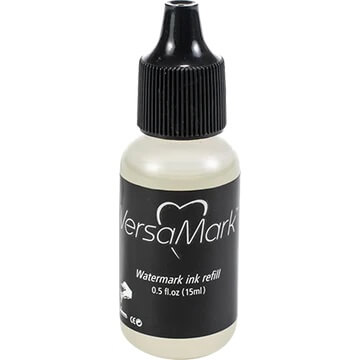
Embossing inks are specially formulated pigments or dyes that are applied to the embossed areas of the leather. These inks enhance the visibility and vibrancy of the embossed design, adding depth and dimension to the final product. They come in a wide range of colors, allowing you to customize your embossed leather with precision and creativity.
b. Release Agents:
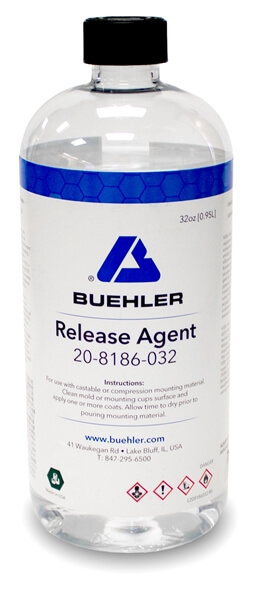
Release agents are substances applied to the embossing stamp or die before pressing it onto the leather. These agents prevent the stamp from sticking to the leather surface, ensuring a smooth release without damaging the design. Common release agents include talcum powder, silicone sprays, or specialized release agents specifically designed for leather embossing.
c. Conditioners:

Leather conditioners are essential for maintaining the health and longevity of the leather. Before embossing, it is recommended to apply a leather conditioner to moisturize and soften the leather. This ensures that the leather remains supple and receptive to the embossing process, resulting in a well-defined and crisp embossed pattern.
d. Adhesives:
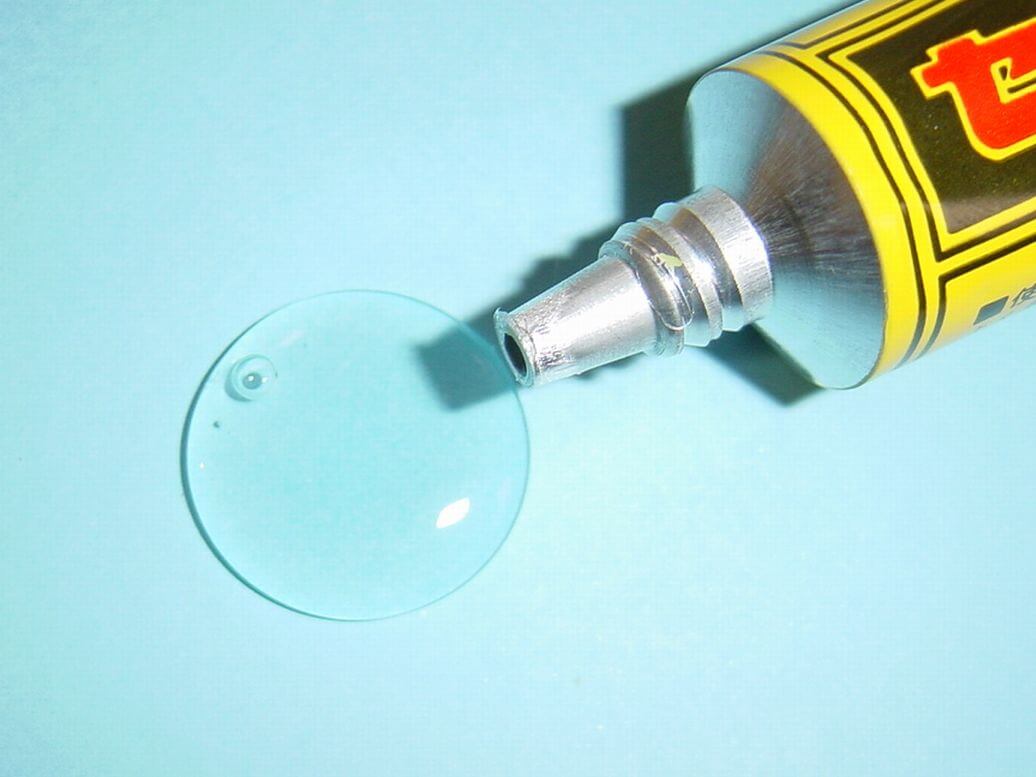
In some cases, adhesives are used during the embossing process to secure the leather onto a cutting platform or to attach additional elements, such as fabric or decorative pieces. Adhesives designed for leather ensure a strong bond while maintaining the integrity of the embossed design. They come in various forms, including glue sticks, adhesive sprays, or liquid adhesives.
e. Sealants:

After embossing, it’s crucial to protect the design and enhance the durability of the leather. Sealants, such as leather finishes or topcoats, provide a protective layer that shields the embossed pattern from wear, moisture, and UV damage. These sealants also give the leather a polished and finished appearance, elevating the overall aesthetic of the embossed design.
Tools for Embossing Leather
Embossing leather requires specific tools to achieve precise and professional results. These tools assist in creating intricate designs and textures on the leather surface. Let’s explore the essential tools needed for embossing leather.
a. Swivel Knife:
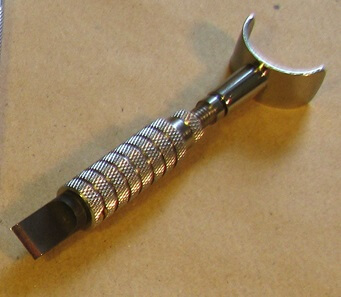
The first tool is a swivel knife. It is a specialized cutting tool used to create the initial outline or pattern on the leather. It features a sharp, pivoting blade that allows for precise cutting and carving. The swivel knife is used to trace the design, creating a guide for the embossing process.
b. Stamps:
Moreover, craftsmen use stamps, also known as embossing tools or embossing dies, to create raised patterns or designs on the leather. These tools feature various shapes, sizes, and patterns, allowing for versatility in design options. Stamps are typically made of metal and are pressed into the leather with a mallet to create the desired embossed effect.
c. Mallets:

Another essential tool is a mallet. It is a hammer-like tool used to apply pressure to the stamps, ensuring that they leave a clean and distinct impression on the leather. Mallets come in different weights and materials, such as rawhide or nylon, providing varying levels of impact and control. The choice of a mallet depends on the desired depth and clarity of the embossed design.
d. Cutting Platforms:
Additionally, a cutting platform, such as a cutting board or a sturdy workbench, provides a stable surface to support the leather during the embossing process. It prevents the leather from shifting or slipping, allowing for more accurate and controlled embossing. The cutting platform also protects the underlying surface from damage caused by the embossing tools.
Reasons to Emboss Leather
Embossing leather is not just a decorative technique; it offers a multitude of benefits that make it a popular choice among leather artisans and enthusiasts. Whether you’re seeking to enhance the aesthetics of your leather products or add functional elements, embossing provides a range of compelling reasons to incorporate this technique into your leather crafting endeavors. Let’s explore the key reasons to emboss leather and unlock the potential it holds.
a. Decorative Purposes:
One of the primary reasons to emboss leather is for its decorative value. Embossed patterns and designs add visual interest, transforming plain leather into captivating works of art. Whether it’s intricate floral motifs, geometric shapes, or personalized monograms, embossing enables you to create unique and eye-catching designs that make a lasting impression.
b. Branding and Personalization:
Moreover, embossing offers an excellent opportunity for branding and personalization. By incorporating your logo, initials, or unique patterns into the leather, you can create distinctive products that reflect your identity or the identity of your brand. so this adds a touch of exclusivity and personal connection to your leather items, making them stand out in a crowded market.
c. Increased Durability:
Furthermore, embossing can enhance the durability of leather products. The raised patterns and textures created during the embossing process strengthen the surface of the leather, making it more resistant to scratches, scuffs, and wear. This is particularly beneficial for items that undergo frequent use, such as bags, wallets, and belts, ensuring they maintain their integrity over time.
d. Improved Grip:
Embossing can also provide functional benefits by improving grip. The raised patterns and textures add traction to the leather surface, enhancing your ability to hold and handle the item with confidence. This is particularly advantageous for products like handles on bags or straps on footwear, where a secure grip is essential for comfort and usability.
e. Enhanced Aesthetics:
Embossing adds depth and dimension to leather, elevating its overall aesthetics. The interplay of light and shadows on the raised patterns creates a visually captivating effect, making the leather more visually appealing and engaging. Whether it’s a subtle texture or a bold design, embossing can transform an ordinary piece of leather into a stunning focal point.
f. Camouflage Imperfections:
Additionally, embossing can serve as a valuable technique to camouflage imperfections or blemishes on the leather surface. By strategically placing an embossed design over areas with marks or discoloration, you can effectively conceal these flaws. This revitalizes the appearance of the leather, giving it a fresh and flawless look.
g. Artistic Expression:
Furthermore, embossing provides an outlet for artistic expression and creativity. It allows artisans to showcase their skills, experiment with different designs, and push the boundaries of what can be achieved with leather. Whether you’re a professional artisan or a hobbyist, embossing offers endless possibilities for exploring and expressing your artistic vision.
h. Historical and Traditional Significance:
Last, but not least, embossing leather has a rich history and holds traditional significance in various cultures around the world. It is a craft that has been passed down through generations, preserving age-old techniques and cultural heritage. By engaging in leather embossing, you become part of this tradition, paying homage to the craftsmanship and cultural legacy associated with this art form.
How Embossed Leather is different from Printed Leather?
In leather craftsmanship, artisans employ various techniques to add patterns and designs to the surface of the leather. Two popular methods are embossing and printing. While both techniques serve to enhance the appearance of leather, they differ significantly in their process, results, and overall effect. Let’s delve into the distinctions between embossed leather and printed leather to better understand their unique qualities.
Embossed Leather:
Embossed leather involves creating raised patterns or textures on the surface of the leather. This is achieved by applying pressure to the leather using specialized tools, such as embossing stamps or dies. The pressure molds the leather, creating a three-dimensional effect and imparting a tactile quality to the design. Embossing adds depth and dimension to the leather, making it visually captivating and engaging.
In embossed leather, craftsmen physically mold the patterns into the surface of the leather, creating a permanent and long-lasting design. When running your fingers over the leather, you can feel the raised areas of the embossed design, offering a unique sensory experience. Embossed leather is renowned for its durability, as the embossed patterns strengthen the leather and enhance its resistance to wear and tear.
Printed Leather:
On the other hand, printed leather involves transferring designs onto the leather surface using various printing methods. This can be achieved through screen printing, digital printing, or other specialized techniques. With printing, the designs are applied as pigmented or dyed inks onto the leather, creating a flat, two-dimensional appearance. The designs sit on top of the leather rather than being molded into it.
Moreover, printed leather offers a wide range of design possibilities, as intricate and detailed patterns can be reproduced with precision. It allows for vibrant colors, intricate illustrations, and complex graphics. However, unlike embossed leather, the designs on printed leather do not have a raised or textured effect. The ink sits on the surface of the leather, and while it may enhance the visual appeal, it lacks the tactile quality of embossed leather.
Distinguishing Factors:
We can summarize the key differences between embossed leather and printed leather as follows:
- Texture: Embossed leather has a raised and textured surface, while printed leather has a smooth, flat surface.
- Durability: Embossed leather tends to be more durable due to the reinforced patterns, while printed leather may be susceptible to fading or scratching over time.
- Sensory Experience: Embossed leather provides a tactile experience with its raised patterns, while printed leather is primarily visually appealing.
- Design Depth: Embossed leather adds depth and dimension to the design, while printed leather is a two-dimensional representation.
- Technique: Embossing involves pressure and molding, while printing involves the application of ink onto the leather.
Engraving Leather Vs. Leather Embossing
When it comes to adding personalized details or intricate designs to leather, two commonly employed techniques are engraving and embossing. Both methods offer unique ways to enhance the aesthetic appeal of leather products, but they differ in their approach, tools used, and the final results they produce. so, let’s delve into the distinctions between engraving leather and leather embossing to gain a better understanding of these techniques.
Engraving Leather:
The process of engraving leather involves the artisan removing material from the leather surface to create a design or pattern. The artisan typically achieves this by using sharp tools, such as knives, chisels, or specialized engraving tools. Carefully cutting into the leather, the artisan creates lines, shapes, or even intricate illustrations. Engraving enables the creation of precise and detailed designs that etch into the leather, resulting in a permanent and long-lasting effect.
One of the key characteristics of engraved leather is the depth of the design. The engraved lines or shapes can be felt when running your fingers over the leather, providing a tactile experience. Engraving offers versatility in terms of design possibilities, allowing for intricate details and shading effects. It is often used for personalization, such as monograms or custom artwork, and can be applied to various leather items, including wallets, belts, or journals.
Leather Embossing:
Leather embossing, as discussed earlier, involves creating raised patterns or textures on the leather surface. This is achieved by applying pressure to the leather using specialized tools, such as embossing stamps or dies. The pressure molds the leather, creating a three-dimensional effect. Moreover, embossing adds depth and dimension to the leather, making it visually captivating and engaging.
Unlike engraving, embossing does not involve removing material from the leather. Instead, it compresses the leather fibers to create raised designs. The embossed patterns sit on top of the leather surface and can be felt when touched. Embossing offers a wide range of design options, from simple geometric patterns to intricate motifs or branding elements. It is commonly used for decorative purposes, branding, or adding texture to leather products.
Distinguishing Factors:
Here are some key factors that differentiate engraving leather from leather embossing:
- Material Removal: Engraving involves removing material from the leather surface, while embossing compresses the leather fibers to create raised designs.
- Depth: Engraved designs possess depth as artisans cut them into the leather, while embossed designs are raised but do not alter the overall thickness of the leather.
- Tool Usage: Engraving requires sharp tools like knives or chisels, while embossing utilizes specialized stamps or dies and pressure-applying tools.
- Precision: Engraving enables artisans to create intricate and precise designs, while embossing is better suited for achieving bold, raised patterns or textures.
- Visual and Tactile Effects: Engraving provides both visual and tactile depth while embossing offers primarily tactile depth.
Final Words
In conclusion, leather embossing is a fascinating craft that opens up a world of creative possibilities. By utilizing the right tools and techniques, you can transform ordinary leather into unique and personalized works of art. Whether you’re looking to add decorative elements, showcase your brand, or enhance the durability of leather products, embossing provides a versatile and visually appealing solution. Remember to explore the different types of embossing, such as blind, color, and gold embossing, to diversify your repertoire. So, if you’re ready to embark on your leather embossing journey, gather the necessary tools, unleash your imagination, and bring your designs to life. So, for a stunning selection of embossed leather jackets, be sure to visit MakerofJacket and discover the perfect statement piece that combines craftsmanship and style.





